Indonesia’s affluent cultural tapestry and cohesive religious landscape beckons a unique lens to experience the sacred observance of Isra’ Mi’raj - the Prophet Muhammad’s miraculous night journey and ascension.
Isra’ Mi’raj commemorates the Prophet Muhammad’s celestial journey from Mecca to Jerusalem and his ascension to the heavens, identified as a profound connection between humanity and the divine. This sacred occasion is deeply significant to Muslims worldwide, and in Indonesia, it’s marked by an enchanting blend of Islamic traditions and local customs, including prayer, reflection, and communal unity.
Some celebrate the occasion with cultural parades, pilgrimages to religious figures' graves, and prayer gatherings in unique approaches that allow participants and observers to connect with the country’s Islamic heritage, embrace the diversity, and engage with local traditions.
Both spiritual reflection and cultural exploration are evident during the Isra’ Mi’raj celebrations in Indonesia.
Dress modestly, especially when visiting mosques and religious sites. Here are a few traditions practiced by Indonesian communities to honour Isra Mi'raj.
Aceh
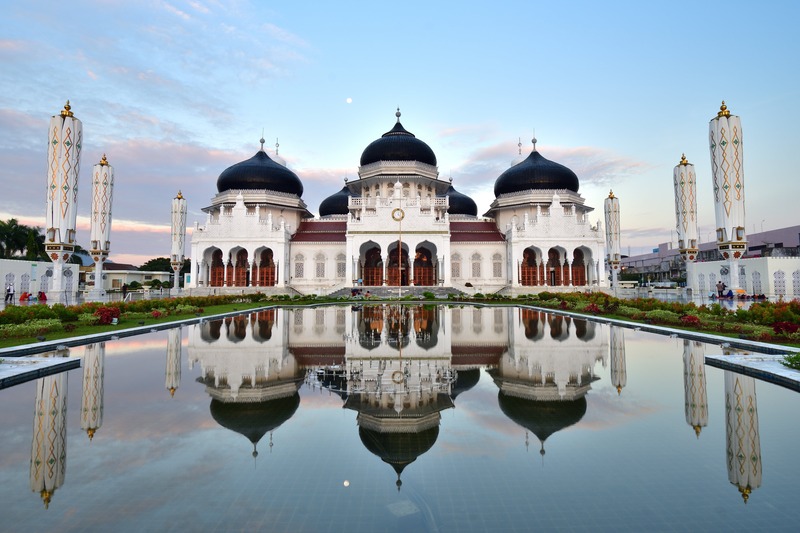
Deep reverence and devotion reflect through the strong Islamic heritage in the “Veranda of Mecca”. Isra’ Mi’raj is marked by special prayers and sermons at mosques, especially at the iconic Baiturrahman Mosque in Banda Aceh, where the community gathers for reflections on the Prophet Muhammad's night journey and ascension. Many Acehnese families visit the graves of loved ones, offering prayers and seeking blessings, which combines Islamic traditions with local customs.
Cirebon
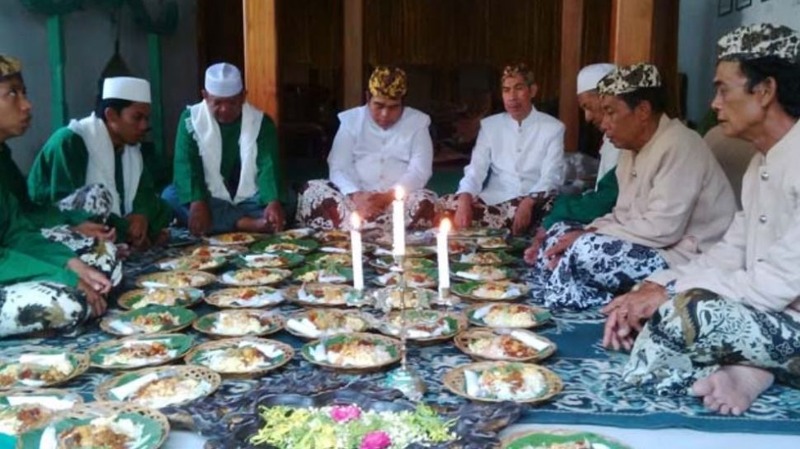
The Rajaban tradition involves pilgrimages to the graves of two prominent Islamic figures in the West Java city - Pangeran Kejaksan and Pangeran Panjunan at Plangon. After the visit, the community in Cirebon gathers for a festive meal of bogana rice, a dish served with a variety of accompaniments such as potatoes, eggs, tempeh, tofu, and yellow spices.
Lombok
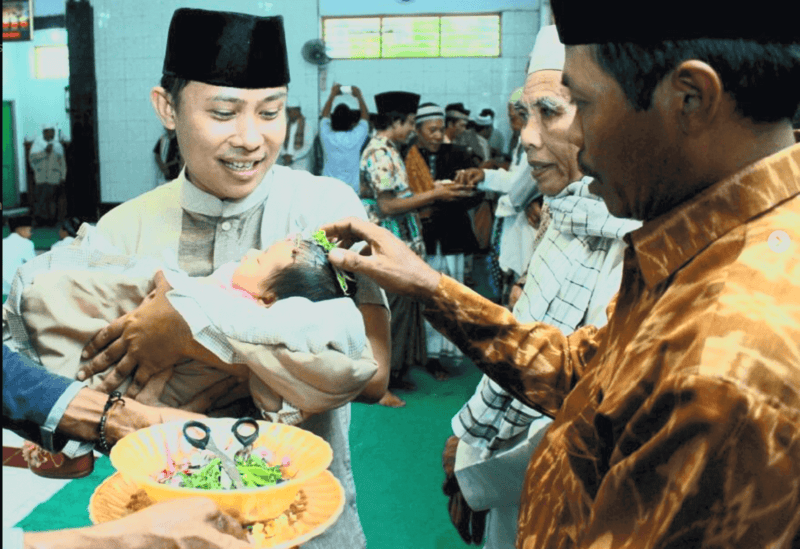
The Ngurisan tradition in Lombok takes place where babies under six months old have their hair shaved by religious or community leaders as a means to bless the babies with a life of prosperity. The hair cutting typically occurs in local mosques, accompanied by the chanting of prayers for the Prophet Muhammad SAW.
Semarang
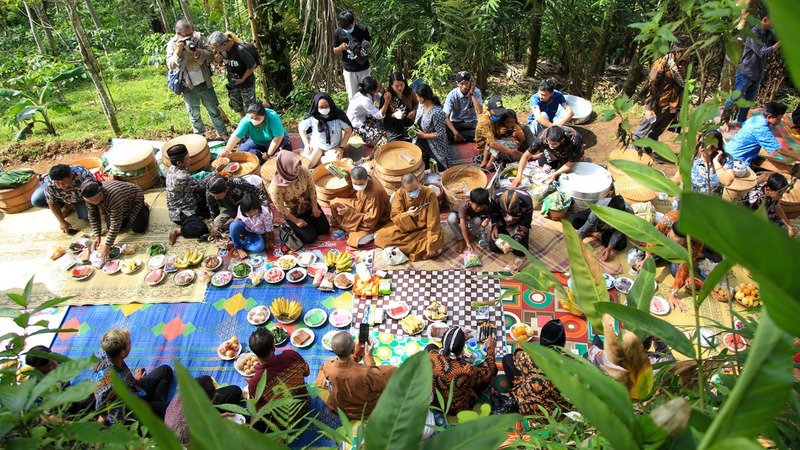
The Isra Mi'raj celebration takes on a festive twist with a cultural procession known as Nyadran Desa (Haul Umum) at Kampung Sarawak, Semarang. During this event, participants carry "gunungan" (mountains) filled with vegetables, fruits, and agricultural produce. The parade also features traditional games, a drum band, and even a replica of the Siwarak rhinoceros, a beloved local animal.
Temanggung
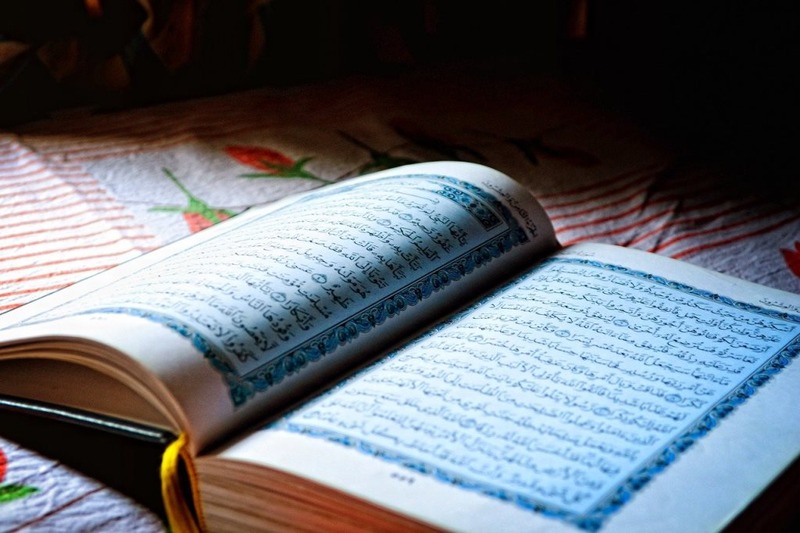
After the Isha prayer, the Temanggung community in Central Java gathers to read tahlil (prayers for the deceased) before delving into the Kitab Arjo. This book, written in Arabic Pegon script by KH Ahmad Rifai Al-Jawi, recounts the life and journey of Prophet Muhammad SAW. It's a deeply spiritual tradition that connects the community with the Prophet's story.
Yogyakarta
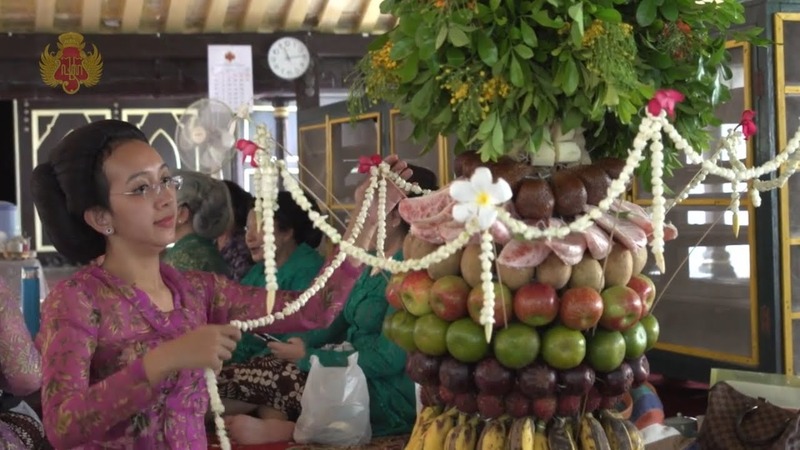
The cultural jewel shines with Rejeban Peksi Buraq, also known as Yasa Peksi Burak, a cultural parade organised by the Yogyakarta Palace. This tradition has been celebrated for centuries and features a procession with a unique symbol of the Prophet Muhammad’s vehicle crafted from pomelo peel, intricately shaped and carved to resemble the body, neck, head, and wings of a mythical bird. This Buraq bird rests atop a pile of assorted fruits like rambutan, mangosteen, and sugarcane. It’s led by the palace’s servants from Bangsal Kencana, and once the parade reaches the mosque, the fruits are distributed to the community.



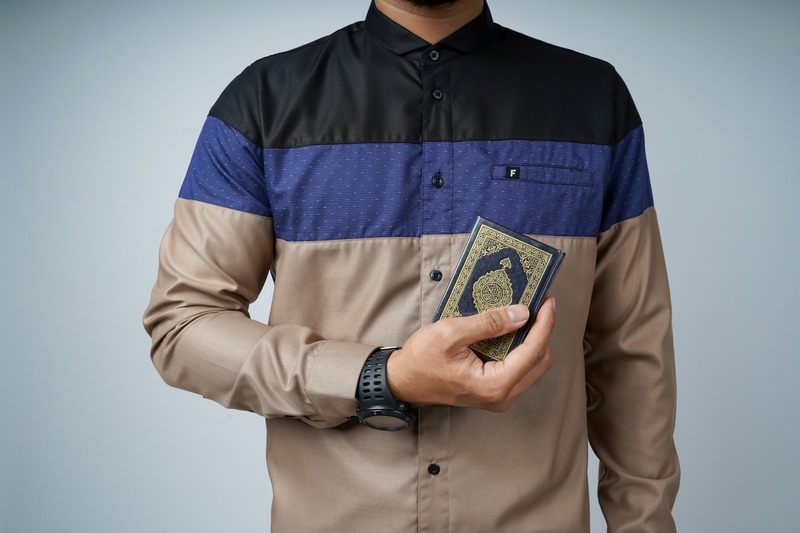
 Mirella Pandjaitan
Mirella Pandjaitan
 Dec 22, 2025
Dec 22, 2025